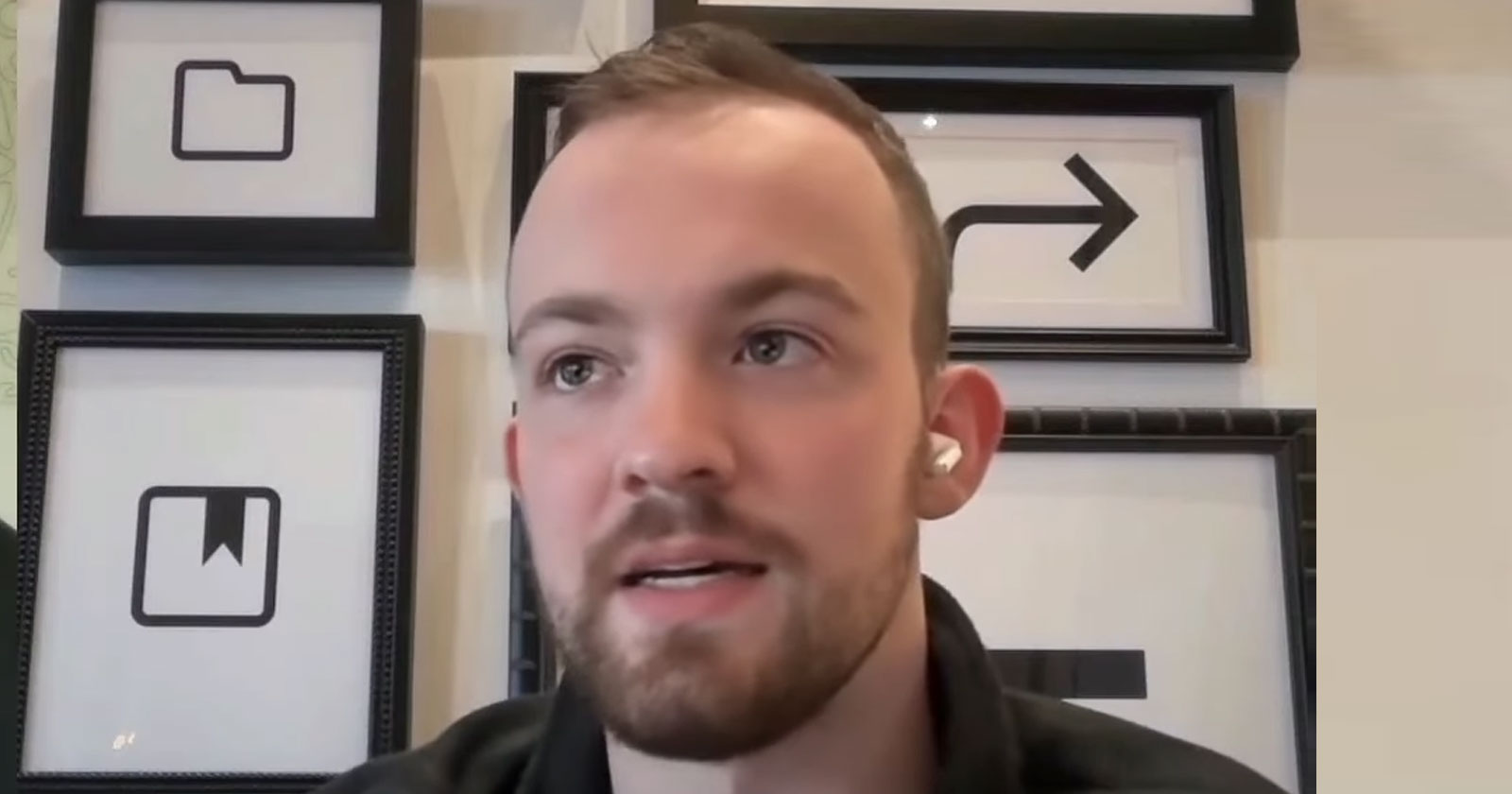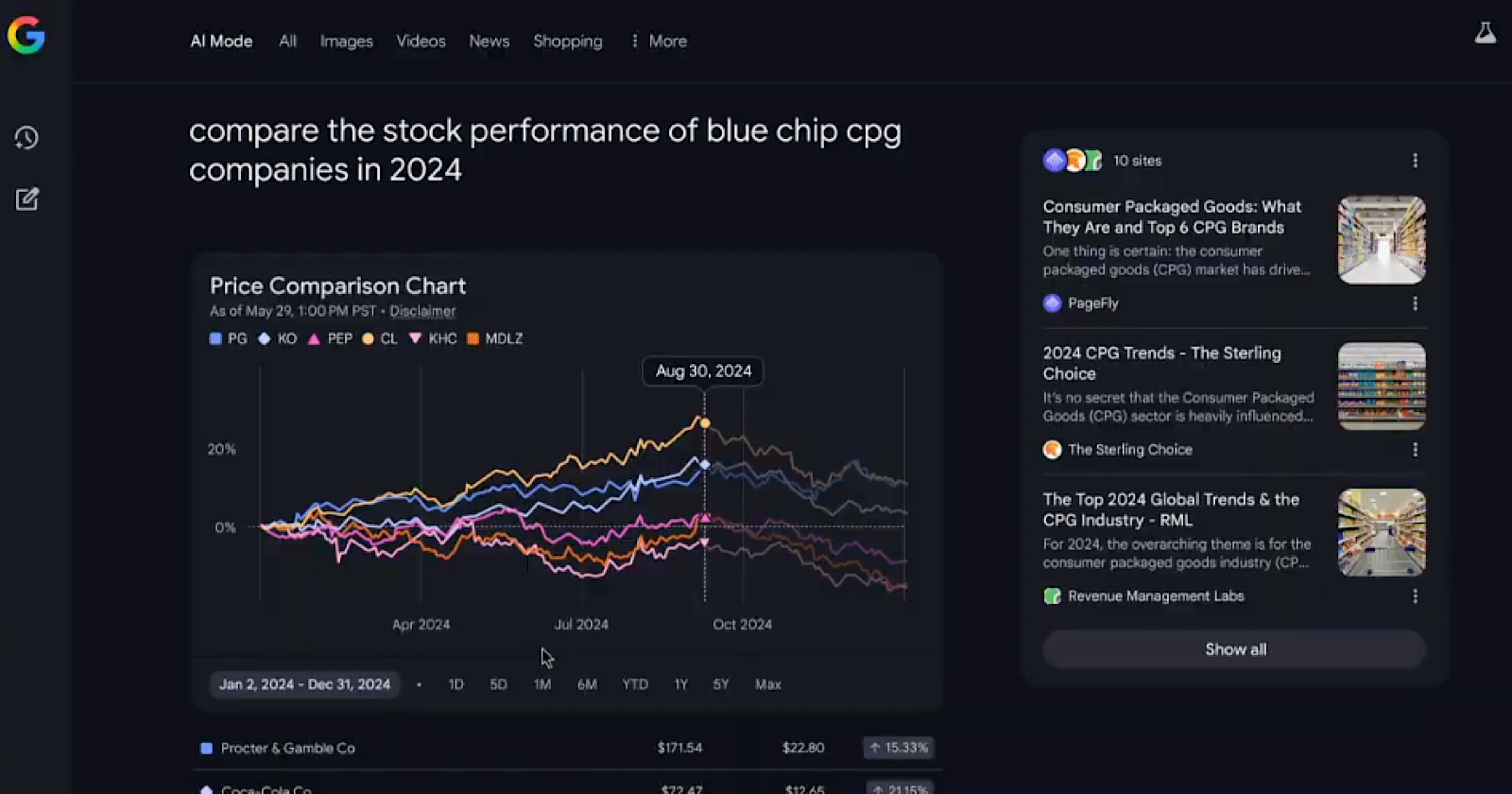Think like a software developer
How FINRA’s 3-person comms team took control of its workflow and cut ad hoc requests in half. The communicator’s lament: overworked, understaffed and pigeonholed as an “order taker.” For many comms pros, it’s a daily struggle to stay afloat with each new ask seemingly coming out of the blue. For the three-person comms team in […] The post Think like a software developer appeared first on Ragan Communications.

How FINRA’s 3-person comms team took control of its workflow and cut ad hoc requests in half.
![]()
The communicator’s lament: overworked, understaffed and pigeonholed as an “order taker.” For many comms pros, it’s a daily struggle to stay afloat with each new ask seemingly coming out of the blue.
For the three-person comms team in the Technology department at FINRA (Financial Industry Regulatory Authority), the answer was thinking like a software developer. The results? Increased productivity, higher internal client satisfaction and more than 50% reduction in ad hoc asks besieging the department.
From reactive to proactive mindset
Lauren Modisette, FINRA’s director of communications and operations, technology, started her career as a project manager and business analyst (including at IBM) where she was introduced to the software development cycle and Agile workflow.
“I have found communications to be a very reactive practice–we’re waiting for requests and work to come to us and we’re fielding it in real time,” said Modisette. “There will always be reactivity because you can’t predict everything, but you should predict what you can.”
That starts with building relationships with customers and stakeholders to anticipate the work that’s coming down the pipeline, she said
While the FINRA comms team had set up an intake portal for comms requests, there was no real method or framework for managing workload when Modisette arrived. “I would hear internal customers say, ‘We think your team is so great, we can come to them any time and we know they will help us.’ And I’m like, ‘OK, I’m so grateful to hear that and my team is here to support you, but that’s not an effective way for us to work.’”
Step 1: Building relationships
Modisette and the team first spent time observing the requests coming in, as well as talking to their internal counterparts to better understand their needs and timelines.
“Let’s connect,” said Modisette. “And let’s keep connecting because I want to understand what your needs are and the sooner that you can communicate what your needs are to me, I can look ahead on our calendar and commit to those things up front.”
Step 2: Prioritizing workflow with Scrum and Kanban
Next, Modisette started applying Agile project management frameworks to prioritize workflow based on business value and complexity.
“When business leaders hear the word ‘agile’ they typically hear ‘flexible,” said Modisette. “We want to be flexible, but we want to make sure that we’re being flexible for the right reasons and that comes down to business value at the end of the day.”
Modisette and her team utilize two project management frameworks: Kanban and Scrum. Kanban is a project management framework designed to visualize and track a backlog of work, limit work-in-progress and maximize efficiency. FINRA uses it for ad hoc tasks and Modisette likens it to a “help desk” that provides an intake of requests, typically on a first come, first serve basis.
“That helps us have one source of truth for our ad hoc work, so we’re not digging through our email for what we need,” she said.
The Scrum framework is for managing planned work, such as newsletters, town halls and fireside chats. Within Scrum, projects are typically managed in time boxes called Sprints.
“The standard Sprint in Scrum is two weeks,” said Modisette. “That helps you understand not just how much volume of work your team can deliver in a time box, but how much complexity your team can deliver in a select time period.”
By funneling ad hoc requests through Kanban and planned assignments through Scrum, Modisette and team have a better sense of the complexity of each project and how long they will take to complete.
“With Kanban, we’re collecting data on our customers and starting to better understand what their future needs are going to be,” said Modisette. “Then I can use the Scrum framework to start building that out against timelines and complexity.”
Step 3: Assigning value to projects
The complexity of each project is measured with the Fibonacci sequence, and the numeric is called a “story point,” giving the task a weight based on what it will take to complete it. The story point is an estimation; if we worked on this task, and only this task, how difficult is it to complete? How long would it take?
A simple, low complexity task, such as an email communication or an event invite with a known process and timeline, may be worth one point.
A more complex task, such as a designer creating a new logo for marketing collateral, requires more time, more review and more unknown factors, which could generate a 3 or 5 rating.
“As you start to lay these tasks out in these time boxes and you start to add a weight to them in terms of their complexity, these data points all add up,” said Modisette. “When your two-week time box is ending, you now have a data point behind it.”
The FINRA comms team is delivering about 13 points of complexity per Sprint, according to Modisette. “When I look ahead and I’m seeing Sprints that have 30 points committed, I’m like, ‘OK, this is a problem we need to figure out.’ We need to manage the expectations of our stakeholders to help them meet their timelines. And then it becomes more like a conversation than a negotiation.”
Thirteen points is a good velocity for the FINRA team now, but that represents the volume of committed work the team can take on at any given time. “If we have an influx of ad hoc work, and my team is constantly committed to 13 points Sprint-to-Sprint, then we no longer have capacity to handle unplanned, high priority work,” says Modisette.
Modisette said the team may only commit to 10 points upfront to leave capacity for ad hoc work. If there’s no ad hoc work, they can pull something in from the backlog or an upcoming sprint.
Since much of the team’s scope is now predictable, Modisette can now plan for Sprints months and quarters in advance. “During our busy times, I need to make sure we have capacity reserved to handle those unplanned high-priority tasks,” she said. “When I can predict the slower times, that’s when I feel confident we can commit to strategic work.”
Ad hoc requests down, customer satisfaction up
The number of ad hoc requests Modisette and her team have received in the first four months of 2025 is down more than 50% compared to the same period last year.
But it’s not just about taking the load off the comms team, it’s about prioritizing work that enhances business value.
The FINRA comms team is beginning to measure its customer satisfaction score with quarterly surveys to its customers, stakeholders and business partners, utilizing a Radical Candor framework. Instead of a five-point scale ranging from poor to exceptional, the team has a four-point scale including “not OK,” “OK for now,” “good” and “great.”
The comms team score is 3.3 out of 4, Modisette said, with a goal of moving to 3.5. “It’s up to us now to empathize with our customers, stakeholders and business partners and brainstorm how we can elevate our level of service and quality,” she said.
Getting started
Despite implementing the frameworks last spring, Modisette considers her team “green” rather than “mature” in their usage and has assigned courses on Agile workflows and product ownership to help them get up to speed.
Still, there are other less complicated project management tools with which teams can start. Even a simple calendar is a starting point, allowing you to plot out commitments and deadlines in response to requests. “Finding a tool to use as your single source of truth for the work that your team is doing is the first big step,” said Modisette.
While the learning curve is steep and continuous, Modisette’s team are believers now. “It can feel a little micromanage-y at first,” she said. “But once we’re able to start containing some of the chaos and communicate to our stakeholders how much work we can really accommodate at any given time without impacting quality, that’s when they start to see the value in it.”
Members of Ragan’s Communications Leadership Council have access to additional reporting and can view a sample Kanban board and Scrum workflow. Learn more about the benefits of Council membership today.
The post Think like a software developer appeared first on Ragan Communications.


























![How To Launch, Grow, and Scale a Community That Supports Your Brand [MozCon 2025 Speaker Series]](https://moz.com/images/blog/banners/Mozcon2025_SpeakerBlogHeader_1180x400_Areej-abuali_London.png?auto=compress,format&fit=crop&dm=1747732165&s=beb7825c980a8c74f9a756ec91c8d68b#)
![Clicks Don’t Pay the Bills: Use This Audit Framework To Prove Content Revenue [Mozcon 2025 Speaker Series]](https://moz.com/images/blog/banners/Mozcon2025_SpeakerBlogHeader_1180x400_Hellen_London.png?auto=compress,format&fit=crop&dm=1747758249&s=9f3c5b1b7421f862beace1cb513053bb#)
![How To Create an Integrated Strategy That Increases Brand Mentions and Visibility [Mozcon 2025 Speaker Series]](https://moz.com/images/blog/banners/Mozcon2025_SpeakerBlogHeader_1180x400_JamesH_London.png?auto=compress,format&fit=crop&dm=1747780409&s=9bf9f0a2623b4a8be6eaf8f235115505#)





















![The 11 Best Landing Page Builder Software Tools [2025]](https://www.growthmarketingpro.com/wp-content/uploads/2024/04/best-landing-page-software-hero-image-1024x618.png?#)

































































![Social media image sizes for all networks [June 2025]](https://blog.hootsuite.com/wp-content/uploads/2023/01/Social-Media-Image-Sizes-2023.png)


![41 Instagram features, hacks, & tips everyone should know about [new data]](https://www.hubspot.com/hubfs/Instagram-hacks-1-20240916-2633447.webp)





















